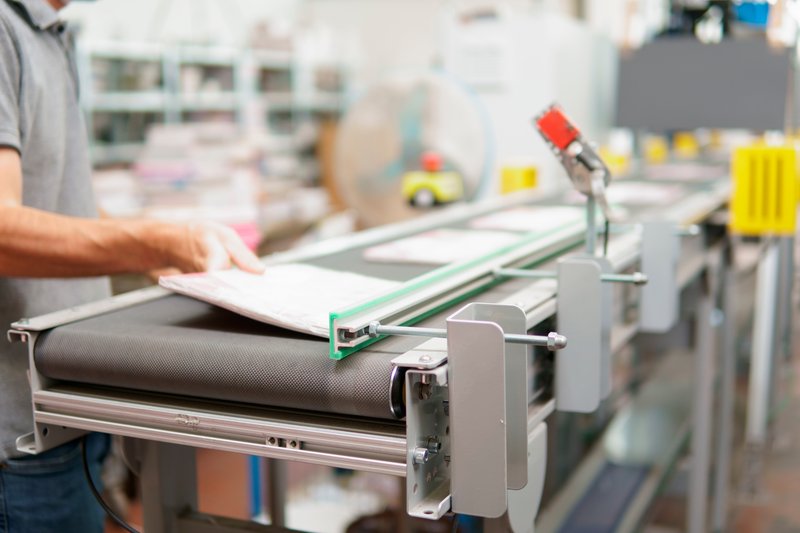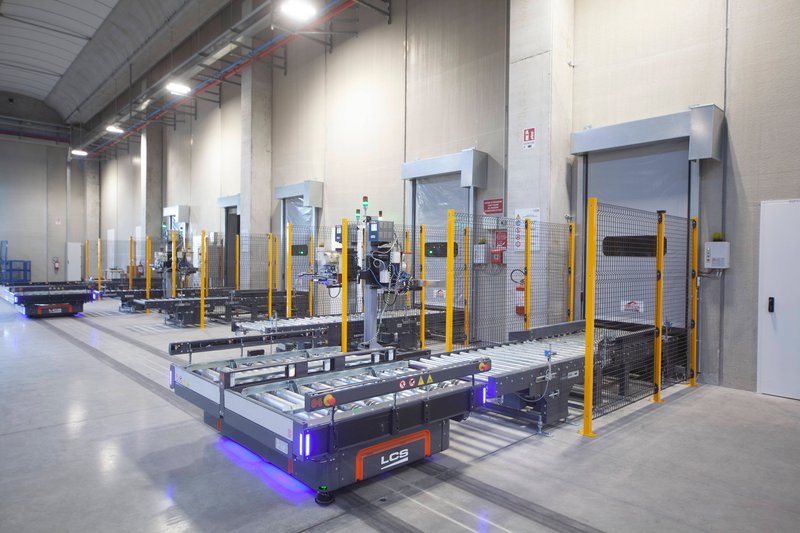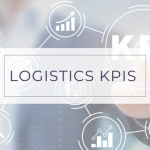Material handling: three optimal solutions for transporting loads
The term material handling refers to the handling of various types of materials that takes place in an industrial environment. It is therefore everything that helps to distribute and arrange materials in the correct place. It is therefore essential that every company organises itself in the best possible way to optimise its material handling processes in order to efficiently manage incoming and outgoing goods. This is precisely the purpose of material handling, which must be structured in such a way as to maximise activity while minimising time and costs.
Let’s see which are the best load transport solutions to organise this effectively
Conveyors
Conveyors are industrial systems used for the automatic handling of goods within warehouses and/or production plants. They are used to ensure the continuous transfer of materials over distances that can reach several metres. Conveyors are therefore an essential tool in logistics for moving light and heavy loads, depending on the type chosen.
Let’s look together at three main types.
Continuous flow roller or chain conveyor for heacy loads
Roller or chain conveyors are called continuous-flow conveyors because they consist of long rows of conveyors. Both models are ideal for transporting heavy loads, such as pallets and caissons.
Roller models, in particular, may or may not be equipped with an electric motor. When the rollers rotate thanks to the action of a motor, we speak of ‘motorised roller conveyors’, while we speak of ‘idle roller conveyors’ when they exploit the inclination of the structure and the force of gravity to slide the goods.
Furthermore, with the help of conveyor-equipped elevators/descenders, it is possible to connect the movement of goods between two or more floors.

Continuous flow roller or belt conveyor for light loads
Roller conveyors can also be used to move light loads, as belt conveyors can. Both types are in fact ideal for transporting packages or boxes.
Belt conveyors are particularly modular systems, therefore are easily adaptable and are the best option when it is necessary to transport both bulk and packaged products. They also allow goods to be transported both on level and sloping ground up to a maximum of about 20°.
Also for this product family, with the help of conveyor-equipped elevators/descenders, it is possible to connect the handling of goods between two or more floors.

Discontinuous flow transport via AGV / LGV / AIV
On the other hand, we speak of discontinuous transport when goods are transported along programmed routes by means of automation systems (or robots) on which separate conveyor belts may be installed.
The use of robotics in warehouse logistics is growing steadily because, by ensuring constant optimum performance, it offers the possibility of improving competitiveness by reducing the costs associated with material handling processes.
Here are the main automation systems:
Robot AGV (Automated Guided Vehicles)
Automated guided vehicles are internal handling (or navigation) systems used to move materials driverless, in other words without the need for a driver. Their advantages include reducing errors and being scalable, it means easily adaptable and expandable without further structural changes to the system as the workload increases.
Robot LGV (Laser Guided Vehicles)
The LGV is also a driverless machine like the AGV, of which it is the most advanced version. The difference with AGVs is that the LGV’s movement is regulated by a laser guide that helps it locate itself in a working environment thanks to triangulation processes. These vehicles are also very flexible, and their greatest strength is the absence of markers in the working area: as no route markers are required, it is no longer necessary to replace them once they become worn.
Robot AIV (Automated Intelligent Vehicle)
Also known as AMR (Autonomous Mobile Robots), AIVs use artificial intelligence technology to configure their movement without traditional guidance systems. They can be installed easily and do not force major changes to the production plant or infrastructure. As intelligent materials handling machines, AMRs are reliable and fast. Also enjoying a good self-learning capability, they can recognise and avoid obstacles to reach racking independently.

LCS Group e Soluzioni per il Material Handling
Adopting quality automated handling systems for order picking and goods distribution becomes essential to maintain high business performance.
For more than three decades, LCS Group has been offering state-of-the-art automatic industrial material handling solutions that concretely embody the principles of Factory 4.0.
Following the requests and needs of its customers, LCS Group designs, together with its trusted partners, the mechanical components and develops in-house the automation and software necessary to create innovative and customized solutions for automated internal handling.
From conveyor belts to the most advanced robotic systems offered by AIVs, LCS helps companies achieve more efficient production and be competitive in a rapidly changing market. Contact LCS to learn more about its products and implement them in your company.



